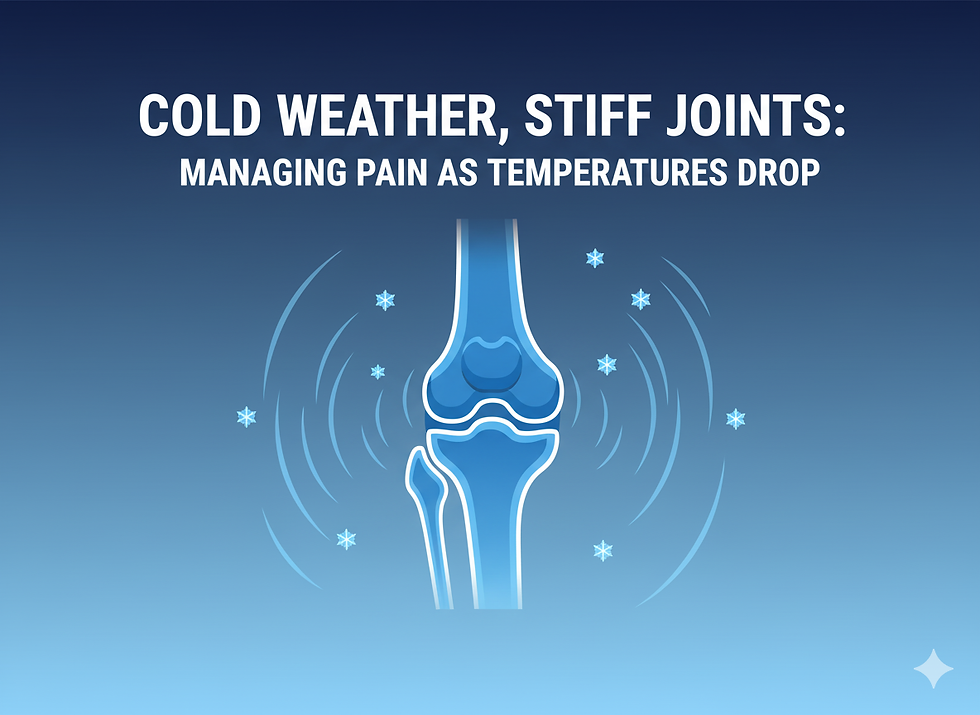Overuse Injury Risk Factors
- K-Town Physio

- Oct 13, 2022
- 2 min read
The fall brings the return to school and the start of many sports seasons for your young athletes. As their activity levels increase, it is important to recognize several risk factors that may predispose them to an overuse injury. Overuse injuries can occur in sport when your athlete’s body does not have adequate time to adapt and recover between training sessions or competitions. Identifying risk factors can help prevent or decrease the extent of an injury.

Muscle Imbalance: Your athlete may be at risk for an overuse injury if they continue to load an underlying imbalance in strength or flexibility. A physiotherapist can help decrease this risk by identifying these imbalances and prescribing exercises to help correct them.
Warm up/Cool down: Performing a thorough warm up prior to activity will prime an athlete for optimal performance. Alternatively, ensuring a proper cool down will help prevent injury. If your athlete is traveling to competitions, make sure they cool down prior to sitting in a car/bus for extended periods of time.
Training: Training volume and intensity can play a large role in your athlete’s ability to adapt and recover. Increasing either variable too quickly or with inadequate recovery time can lead to tissue overload and injury. Minimize this risk factor by preparing during preseason. Ensure that your athlete starts the season with a sufficient base level of skill and fitness.
Equipment: Proper fitting equipment can help mitigate the risk of injury. Ensure that protective gear is sized properly and appropriate for the sport. For example, wearing cleats when training on wet grass to provide sufficient traction.
Environment: Environmental risk factors can include training surfaces and training conditions. Repeated training on hard surfaces such as concrete can cause an increased load on your athlete's tissues. Alternatively, training on slippery surfaces such as wet grass or icy roads can also lead to increased stress on your athlete’s body. Ultimately, it is important to acknowledge the environmental conditions and plan the training volume and intensity accordingly to decrease the risk of injury.
Nutrition/Hydration: Food provides the fuel for peak performance in school and sport. Making choices that are packed with energy will set your athlete up for success. It is important to recognize that dehydration will also affect both mental and physical performance. Make sure to stay adequately fueled and hydrated prior, during and after sporting activities. This will help your athlete perform and recover between sessions.
Returning to sport is an exciting time for any athlete. Set your athlete up for success by recognizing and taking steps to minimize the risk of overuse injuries. If an injury does occur, see a physiotherapist to help get you back to sport as soon as possible.
Meghan Marley RPT



